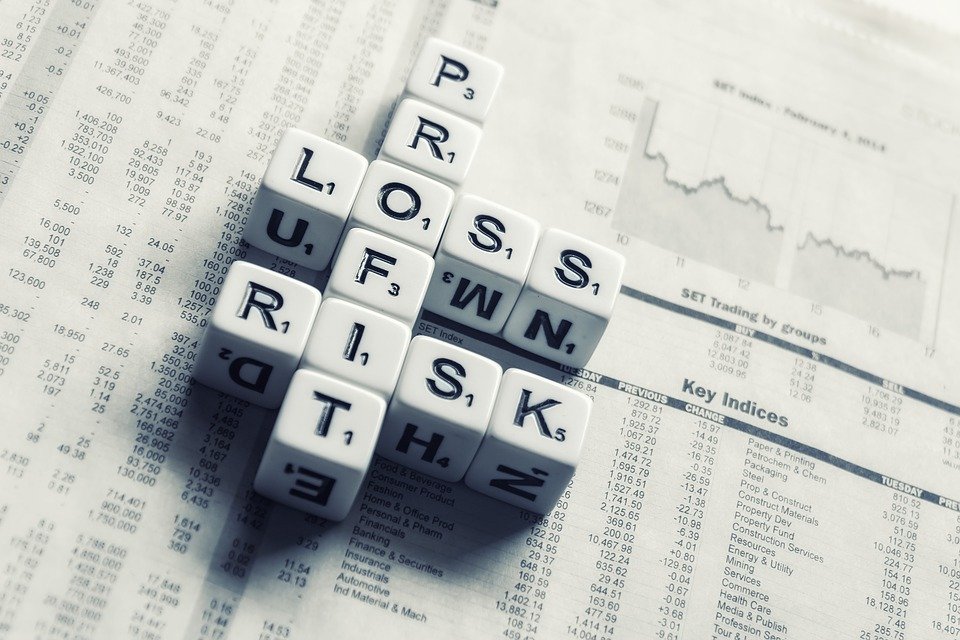The Most Important Thing, by Howard Marks, is a thought-provoking book. Rather than focus on rules, formulae, metrics, or ratios, he concentrates on the psychology of investing. While a lot of investment books leave you with a feeling that a combination of discipline and rules will do the trick, Marks’ book leaves you asking questions and thinking about your goals.
If… then… oh but…
Howard Marks was not well-known to me, but I was familiar with his concept of first-level and second-level thinking. First-level, which is as far as most of us get, would be to look at a company with poor prospects and say something like: “That is a real basket case – don’t touch it.” The deeper and more perceptive second-level thinker, on the other hand, would look at the likes of me giving it a wide berth, factor in the depressed price, and see opportunity. This reminds me of Ben Graham and what has become known as “cigar butt” investing, i.e. picking up the runts and the stragglers. This sort of cold-blooded contrarian investing is much more difficult than it sounds (and I should know having just bought the priced-to-perfection Hershey.)
As most people are first-level thinkers then their conclusion is by definition the consensus. By going with the consensus you pay the consensus price and get (at best) an average result. Hence you need to dig a little bit deeper, if you want better than average returns that is.
Risk
Three chapters in the book are written about risk and this, for me, is where Marks is at his best. He gives short shrift to the (apparently) conventional business school definition of risk as volatility. Many other investors scoff at this notion too but, never having been to business school, I wonder is the teaching really that one-dimensional? I don’t know, but I doubt it.
Another conventional notion–that riskier investments lead to higher returns–is also succinctly dismissed with the retort that, if that were true, then everyone would make those investments and the returns would therefore drop. In fact a risky investment is one with a wider range of possible (or unknowable) outcomes. If priced correctly, then a riskier investment should provide the possibility of a higher return but sometimes risk itself is mispriced.
To me, that makes sense and reminds me of listening to Buffett talking about his circle of competence and “having a pretty good idea” of what Wells Fargo and Coke are going to be earning ten years from now, by comparison with, say, Google.
Marks considers risk to be the possibility of permanent loss of capital. Thinking about this from my perspective, banktruptcy, slow competitive decline, or the snake-in-the-grass that is inflation would be the three predictable market threats. However, as an amateur D-I-Y investor, I am always aware that there are more embarrassing risks too–namely, succumbing to a panic, broker collapse, falling victim to some sort of identity fraud. For a professional investor, there is underperformance relative to peers risk, illiquidity risk, and unconventionality risk, amongst others.
Unfortunately, the more you think about it, the more there is to worry about, which is one of Marks’ other gists. Investing is not easy at any stage because the market’s nature is to prevent casual punters making easy money. Furthermore, risk means different things to different people. You need to think about it, understand it, and then operate within the parameters that match your definition.
Returns
The flip-side of risk is returns. Marks makes the point that simply looking at somebody’s return does not tell you anything until you find out how they achieved it. The end in investment does not justify the means. What risk did an investor take and how did they make their return? Simply losing less than the market in a down year does not add value unless you also keep up with the market in an up year. Equally, making more than the market in an up year means nothing if you give it all back with more on the way down.
Marks’ way is to try to keep up with the market in up years, but to lose less in down years. This also seems to be rooted in sensible psychology–people dislike losing money more than they like making it. They are also more likely to panic in a down turn than to become disillusioned at not making more than the market in an up year. I like this pragmatic, non-pointy-headed academic approach.
Two types of sin: commission and omission
I have always been painfully aware of my sins of commission, i.e. buying something which turned out to have been more expensive than I had thought it was at the time of purchase (e.g. Centrica), but I had never even considered my sins of omission. In actual fact, I had never even been aware that such things existed. But it turns out that I was wrong and, needless to say, I have made many, for example not buying Wells Fargo five years ago.
I am not going to worry about sins of omission though, despite Mr. Marks’ prodding. There is already quite enough to worry about.
Referees
There are some seriously heavyweight blurbers on this book: Warren Buffett, Joel Greenblatt, Jeremy Grantham, Seth Klarman, John Bogle. Marks must be a highly respected man… or is that first-level thinking? Perhaps he is just well-connected.
